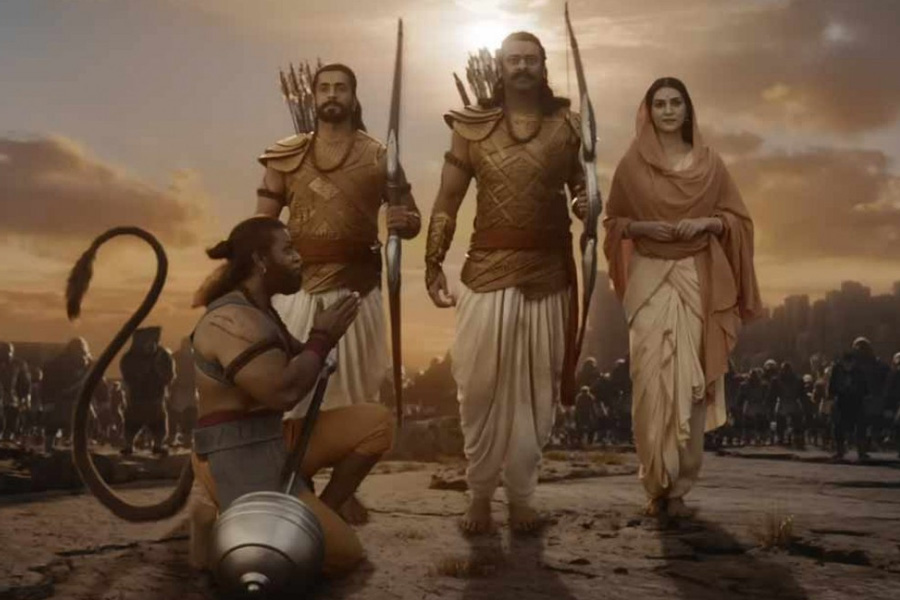
The problem lies in the blind application of western yardstick to something that has been produced in a different – here, Indian context.
Author
Jagdish Batra, Professor of English, O.P. Jindal Global University, Sonipat, Haryana, India.
Summary
The recent debate on the movie Aadipurush brings to mind the genre of Indian English literature based on stories from our revered epics Ramayana and Mahabharata as also from the Puranas. It should be a matter of pride for us to see such stories getting widely circulated through fictional works of our own countrymen, but sadly, these stories are being re-told in a way that creates a totally different picture of revered characters and their actions.
This trend gathered force particularly after the rise of Indian English fiction in the world market. In an attempt to cash in on the surge, many people felt enthused to become authors. Stories from the classics provided ready-made material which had to be tempered with to show the play of imagination without any regard for the cultural and spiritual worth of the original narratives.
Take for example, the novel Siege of Mithila by Ashok Banker, published way back in 2002. It starts with the student life of Lord Rama and his brother Laxman, goes on to describe Ram’s marriage at the Swayamvar and ends with surprisingly, attack on Mithila by the demon king Ravana.
This is not the only surprising deviation from the mainstream narrative, there are scores of other invented stories. In one such story involving the Swayamvar, we read about Ravana breaking the bow and winning Sita who, the writer says, was notorious for turning down suitors by the hundreds!
Published in: The Times of India
To read the full article, please click here.


